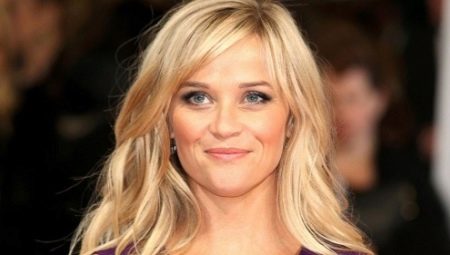A rare bang is the most versatile of all kinds. Suitable for girls with any hair structure, face type and almost under all types of haircuts. It is quite easy to do it yourself and if you want to combine with a haircut, without creating visible boundaries. About how to pick up, lay and create a bang, consider in more detail in this article.


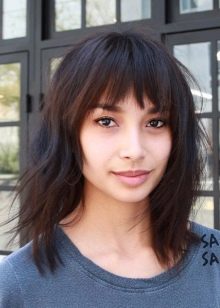
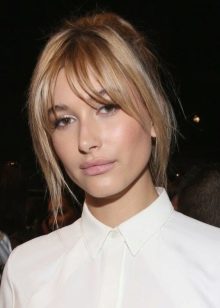
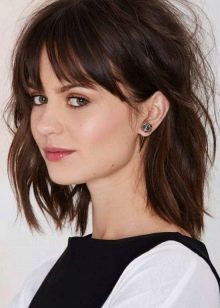
Advantages and disadvantages
Each type of haircut has its own merits, even a rare bang. Light and weightless strands are suitable for graduated and cascading haircuts of any length. Bangs are able to visually adjust facial features and give texture, mobility to the hair, combining all the elements of a haircut in one. It is performed on thin and medium-thick hair, a special creation is possible on thick. Frontal zone haircuts are made in various directions: straight, oblique, ragged, graduated. The main difference is that the mass of hair in the frontal zone of the head should not be thick.
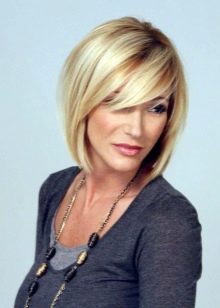
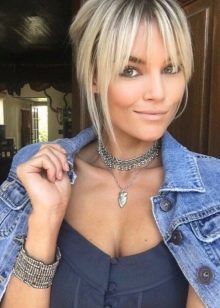
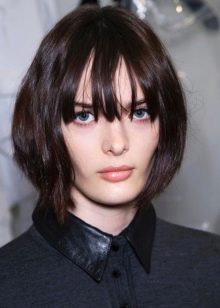
The most popular rare bangs are among representatives living in Asian countries, in particular, Japan, and among girls wearing a ladder haircut, cascade.
It is not necessary to cut the front strands to the owners of very thin and rare hair, so as not to emphasize the hair structure even more.
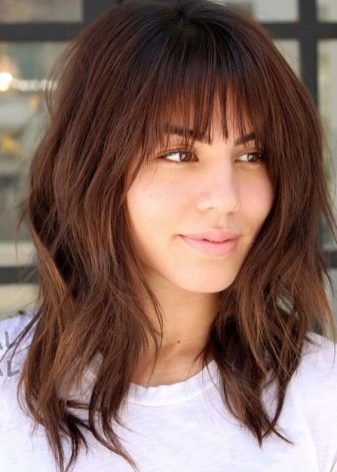


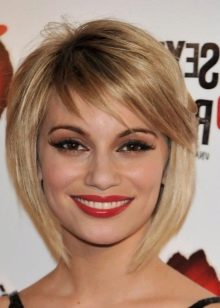

Who is it for?
A rare bang is not recommended to be made too long on straight or slightly wavy hair, the optimal length is to the level of the middle of the eyes. It is desirable that the front strands smoothly pass into the bulk of the hair.
Owners of curls, on the contrary, should choose elongated models for cutting the frontal zone.Curly locks when cutting a slanting bangs will have to be constantly laid, since in natural form the inclined line of the bangs will not be visible, and the shape of the haircut will look messy.
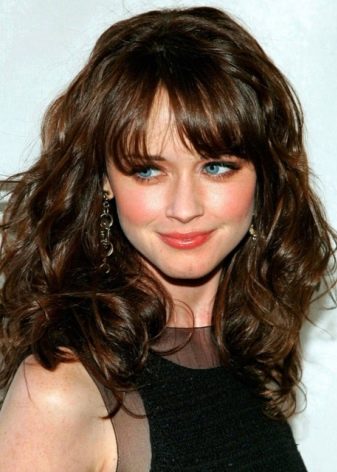
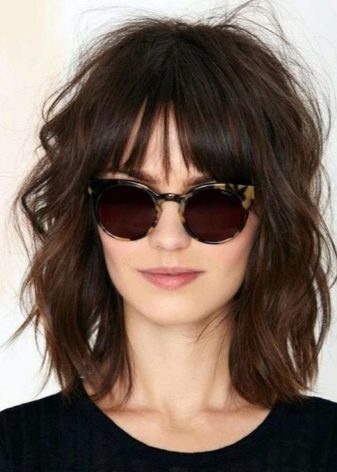
For coarse hair, the optimal solution is to create torn bangs of any length, but it is preferable to make it from 6 cm or more in length. Short strands are not able to lie in the shape of a given styling and are prone to arbitrary sticking out in different directions, especially if there are vortices.
Bangs on liquid hair can be made in any technique and form.
The design option for the frontal strands along the oblique looks great on straight hair of any structure.
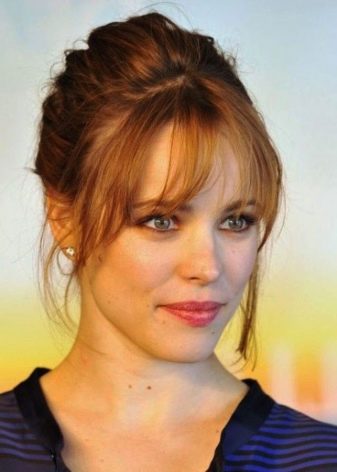
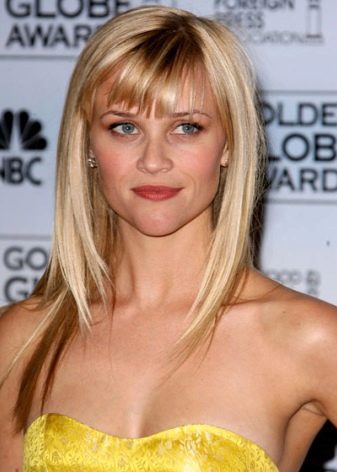

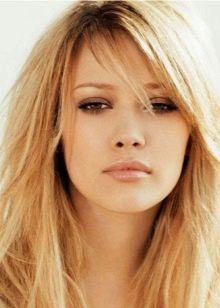
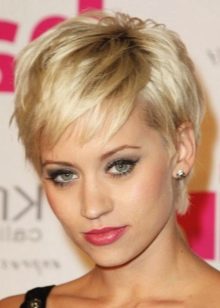
Kinds
We list the most popular types of rare bangs.
- Oblique long. It is combined with haircuts formed by the same length of hair, provided that the bangs line is cut with a straight cut. Torn options are suitable for heterogeneous haircuts: cascade, ladder, layers. Such a bang is easier to combine with a haircut, creating invisible borders and visually adding volume to the hair and styling.
- Straight. The classic look of the bangs, featuring a variety of lengths. It looks appropriate with any haircuts, but great harmony is achieved with simple forms - a square.
- Arch. The semicircular concave shape of the bangs is convenient in styling and is combined with haircuts for long and medium hair in any technique.
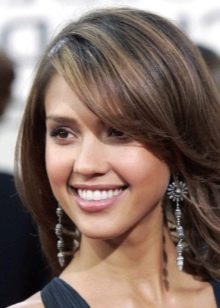
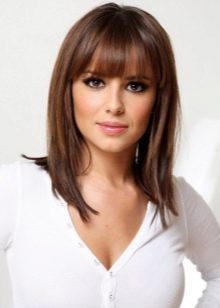
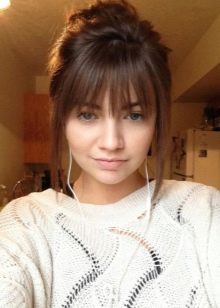
Performing asymmetric, graduated and creative forms of bangs is not recommended due to the insufficient density of the selected zone, which will also lead to fuzzy lines of the shape of the sheared zone.
Consider what kind of rare bangs are suitable for each type of face.
- Square, diamond-shaped. A rare bang is a great option for owners of large facial features. Its softness and lightness smooth out wide cheekbones, a heavy chin, giving the image even more femininity. The length of the frontal strands with an oblique version should not be shorter than the level of the cheekbones. When cutting a straight bang, there are possible options for creating a direct cut only in the center of the selected area, leaving the side areas - pace - intact, they will help visually lengthen the face.

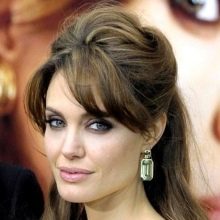

- Round. Cutting a thin bang for chubby girls involves creating oblique shapes. The strands can be the same length, but be sure to be located at eye level or lower.
A great option for a front cascading haircut-ladder.
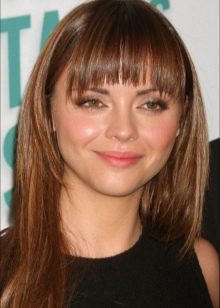


- Oval, elongated. Here, masters advise giving preference to a straight bang, creating an emphasis on the eyes and the shape of the lips. Optimal length - up to eyebrows. It can be combined with any type of haircut, the greatest effect is achieved with a short square, a page or session style haircut.
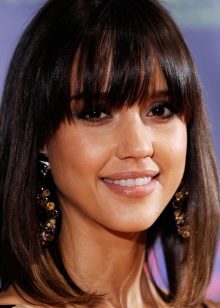
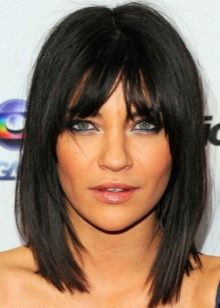

- Triangular. It is advisable for owners of a triangular face to wear a straight bang with voluminous cascading haircuts of medium length, below the chin. Visually, the magnificent mass of hair compensates for the insufficiency of the width of the face in its lower part. The length of the front strands should not be lower than eye level, focusing on the eyes will also distract from the narrow jaw.
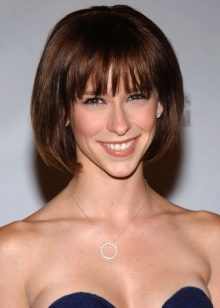
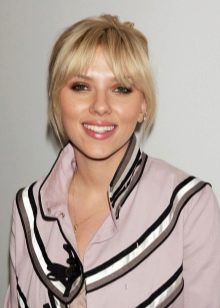
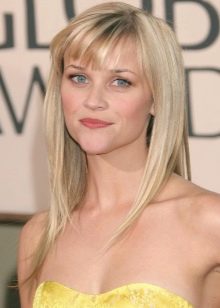
Girls with oily skin will often have to take care of the state of freshness of their hair, because due to increased production of sebum, bangs hair, in contact with the skin of the forehead, will become oily and dirty faster.


How to make?
Consider a haircut option for all types of bangs.
The tool used must be sharp, the cut must be performed at one time closing the blade to reduce the risk of split ends. Poorly sharpened scissors make a characteristic “crunchy” sound during hair cutting, indicating that the tool is not able to cut the material being processed and instead chews it between the working blades, causing the hair to bend and break under the influence of the applied force.


It is this reason that leads to thinning of the ends of the hair and the formation of split ends.
Thin hair is most vulnerable to damage, and with the slightest deformation of the structure, the following consequences appear: naughty styling, loss of shine, tangling and dry hair.

To create a direct bang you will need:
- scissors;
- towel;
- clips or clips;
- a comb with small cloves.
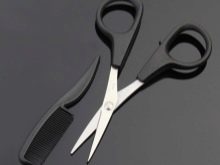
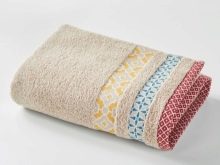
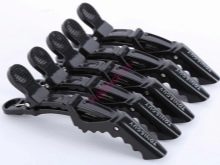
- A step-by-step instruction for performing a haircut is quite simple.
- To begin with, it is worth highlighting the bangs zone. The optimal depth of the plot is equal to the length of two phalanges of the finger.
- Loose hair should be fixed on the back of the head so that they do not mix with the selected area and do not interfere with the process of cutting.
- The hair of the frontal zone must be washed with shampoo and squeezed with a towel until it is wet, water should not drain from the strands.
- Comb the selected section in the direction of hair growth. If the hair grows in different directions due to the vortex, it is still necessary to comb the strands in the same natural direction.
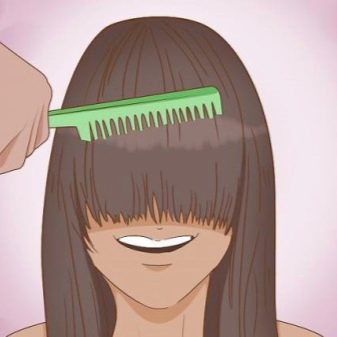
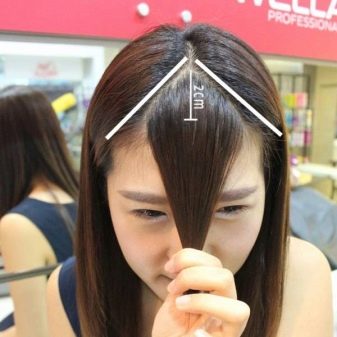
- Decide on the desired bang length.
- Haircut begins on either side of the face, departing from the desired length by 0.5-1 cm down. Extension is done so that after drying the hair, the strands are located at the level at which they were originally conceived.
- The slice is straight. The scissors blade captures small areas, gradually moving forward.
- At the end of the haircut, the hair must be dried with a hairdryer and a brush, or wait for the natural drying.
- At the finished dry base, it remains to make a border, that is, to trim the haircut line, or slightly shorten the strands.
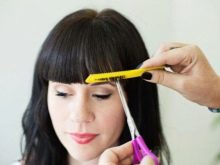
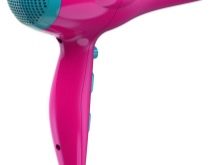
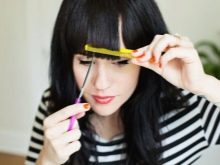
To perform oblique bangs, scissors during the cut should be placed in a diagonal position, moving from short to long strands, or use the secret of hairdressers.
The entire selected area must be taken into the hand and, constantly combing the hair, pulled towards a short initial strand. That is, if the oblique bangs starts on the right side (short strand), then the entire hair is pulled as far as possible to the right, and vice versa.
After the hair is evenly distributed and combed, it is necessary to perform a straight cut.
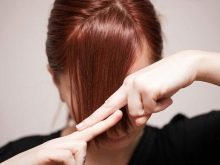
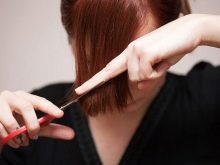
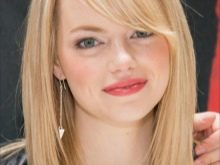
See how to cut your bangs on your own in the next video.
How to determine the beginning of the cut?
The starting point will be located on the right side of the drawn zone - this will be a short strand. Having decided on the beginning, a straight cut is made, parallel to the fingers of the holding hand. After cutting, the hair unfolds, and due to the pulling of the strands, a bang with elongation is obtained.
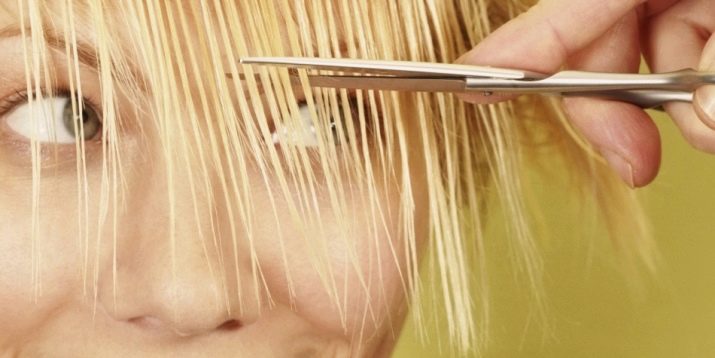
Arch-shaped
The selected section must be combed in the direction of hair growth and grab with the right hand between the index and middle finger. Next, the arm must be turned in the opposite direction. That is, the fingers after grabbing the strand look to the left, the hand turns counterclockwise until the fingers begin to look to the right, the side of the little finger should be pressed to the forehead.
This technique allows you to create twisting on the selected strand, which after dissolving the hair creates the shape of an arch. The slice is straight, parallel to the fingers. To determine the initial height of the arch (its inner part), it is worth initially placing your fingers at the desired level of the length of the bangs.
Nuance: the more turns there are around the axis of the selected strand, the more concave the bang shape will be.
It is not recommended to do more than two turns.
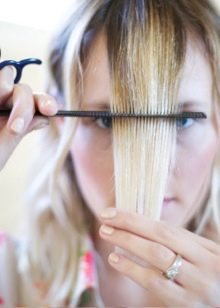
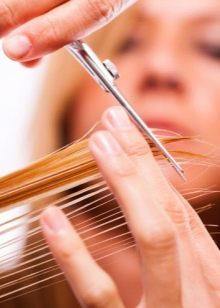
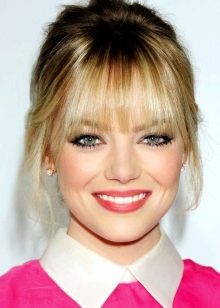
How to lay?
The bangs are laid first of all, since dry hair does not lend itself well to hot air, and with a long installation of a dry base there is a complete loss of moisture, leading to dryness and brittle strands.
Drying is done from the root, the processed strand is lifted by a comb and pulled as far as possible from the face to the back of the head to obtain a high basal volume. During installation, round brushing or a wide massage brush is used.
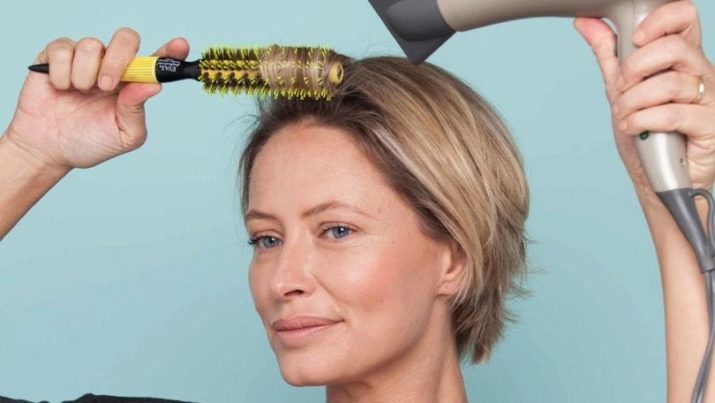
For additional volume and simultaneous fixing, it is recommended to use mousse or foam.
To fix the hairstyle on thin hair, use a varnish of medium or light fixation.
Means with strong and extra-strong fixation make hair heavier, which leads to settling of the styling volume and its rapid contamination.

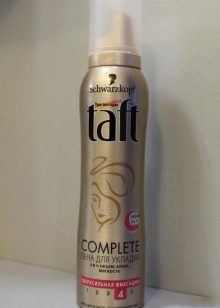
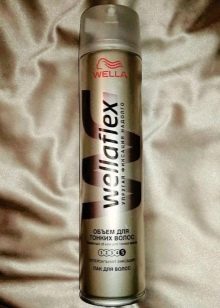
Tips
Correction of the front strands is done once every two weeks for thin hair and once a week for fast-growing. Thick-haired girls are recommended to refresh their bangs once every two weeks.
Hair treatment with thinning scissors is done only on a dry base and is used on thick hair. Thin hair is best treated with a paring or pointcat - point, shallow types of sections, performed with straight scissors.

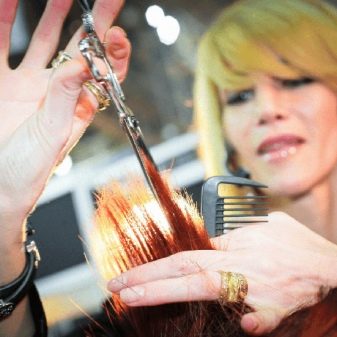
When connecting the bangs to the bulk of the hair, it is recommended to perform a smooth transition of the frontal zone using the slicing method.
Visually impaired girls should wear oblique rare bangs to parting. Hair will not go into the eyes and get stuck in the frame elements of the glasses.
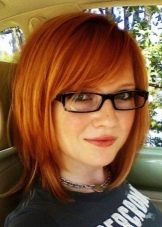
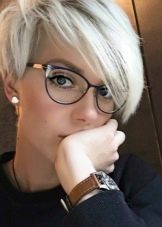


See how to choose a bang shape in the next video.
